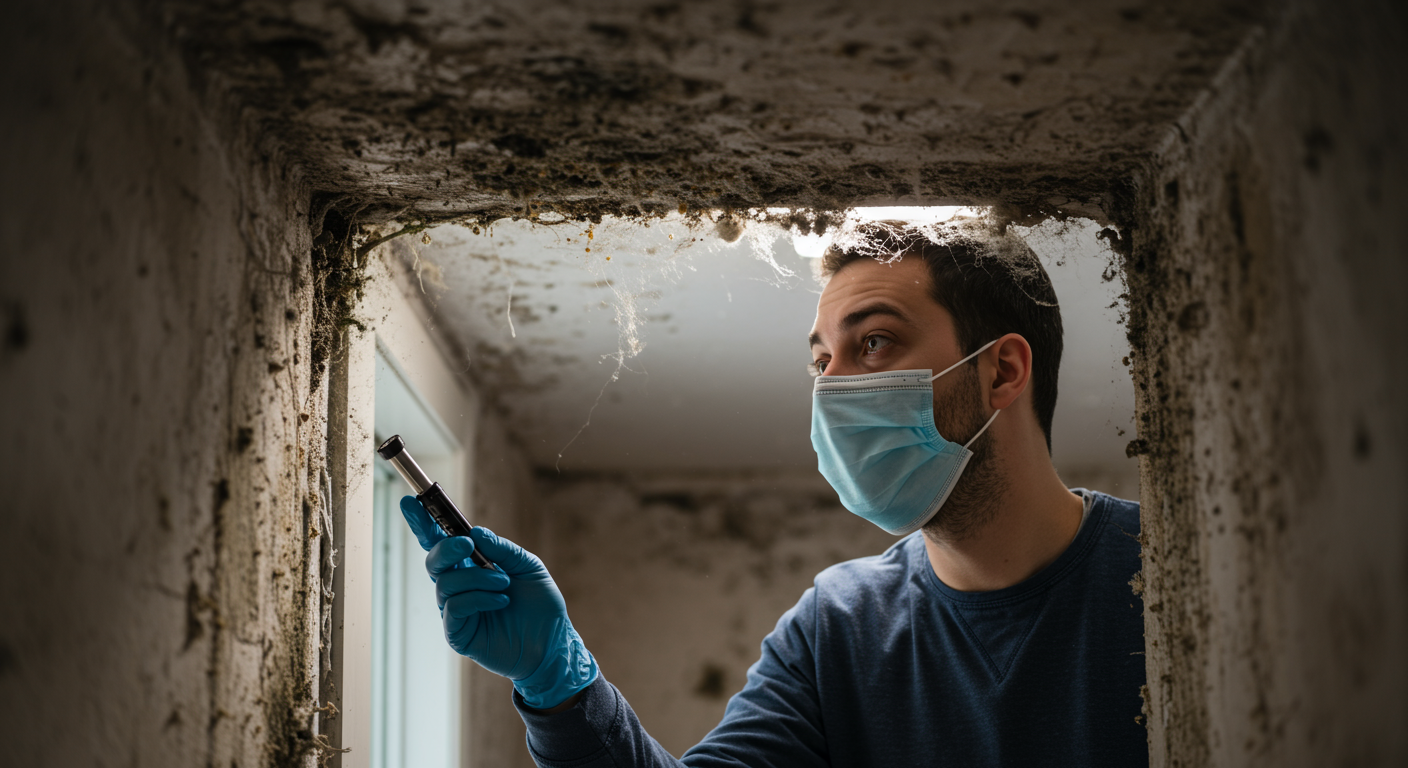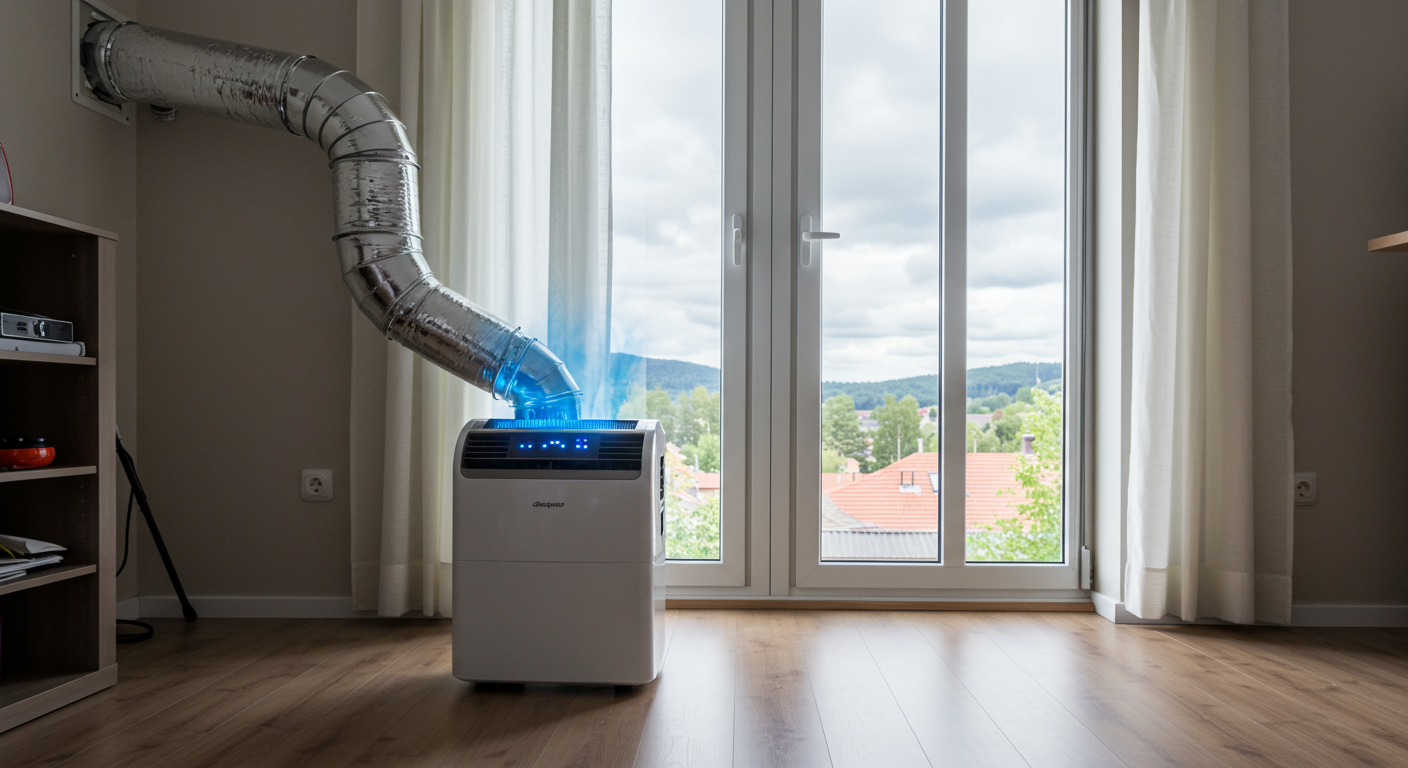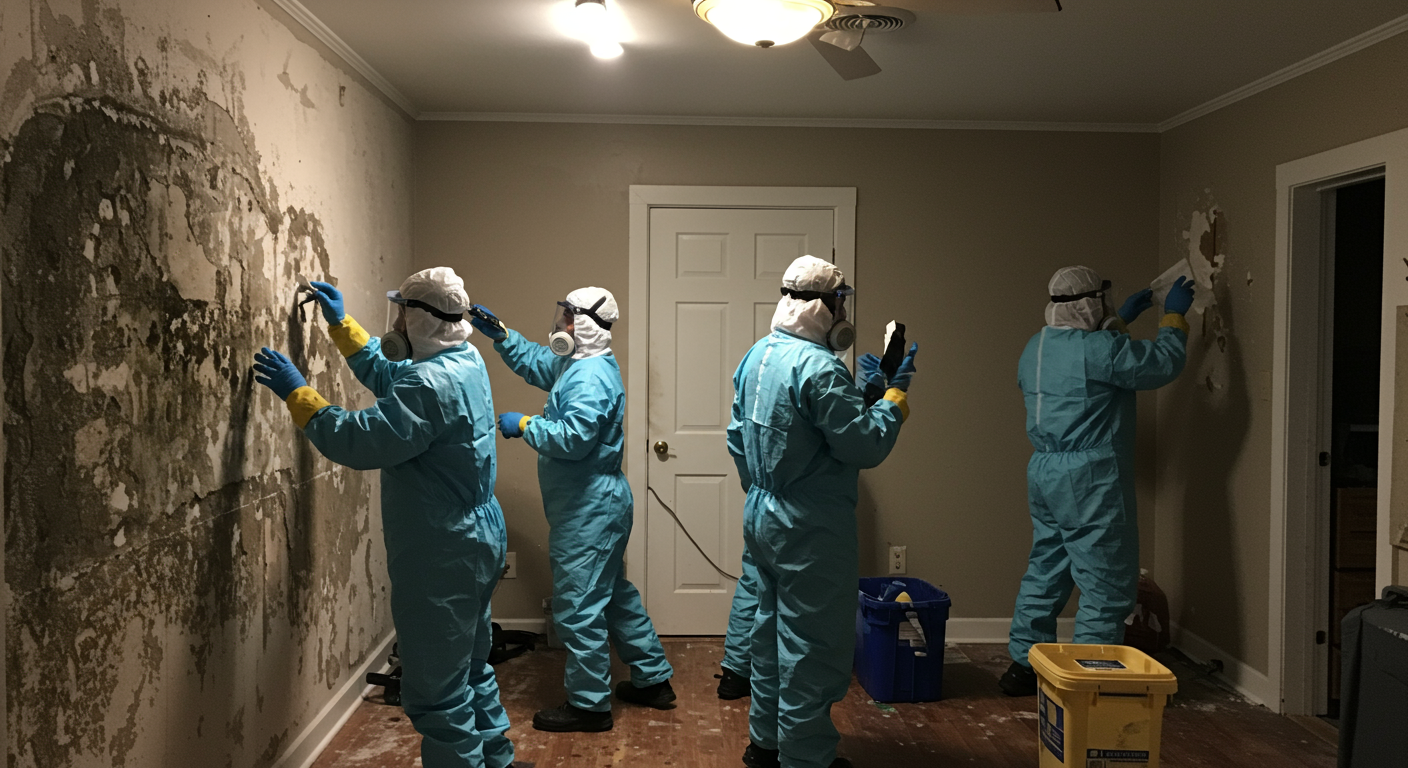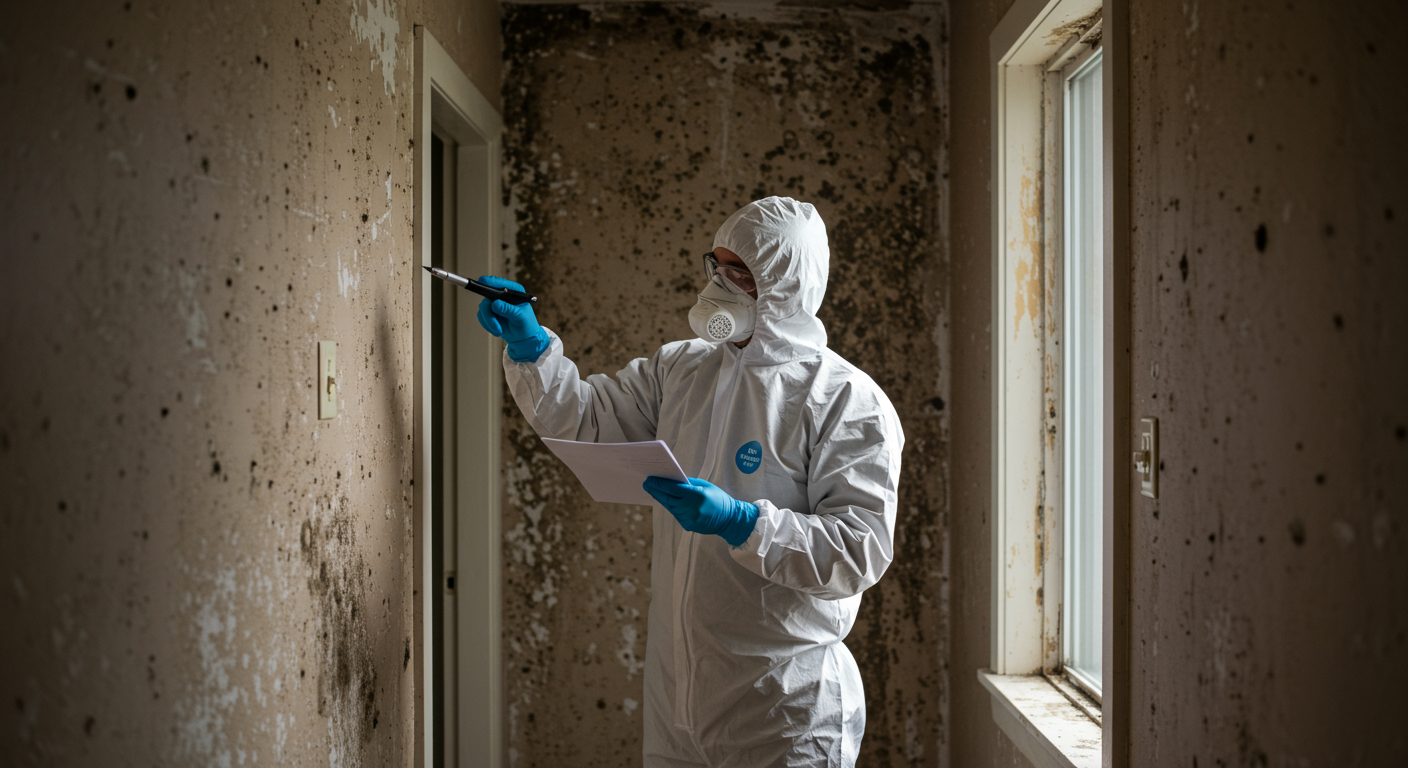Mold and water damage are two interconnected issues that can wreak havoc on your home and health. Whether caused by a burst pipe, flooding, or high humidity, water damage creates the perfect environment for mold growth. Understanding how to prevent, identify, and address mold is crucial for maintaining a safe and healthy living space. This guide will walk you through everything you need to know about mold and water, from identifying early signs to implementing effective prevention strategies and knowing when to call in professionals.
Understanding Mold and Water Damage
What is Mold?
Mold is a type of fungus that thrives in moist, warm environments. It reproduces through tiny spores that float in the air, making it nearly impossible to eliminate entirely. While mold plays a vital role in breaking down organic matter in nature, its presence indoors can lead to structural damage and health problems. Common types of indoor mold include black mold, white mold, and green mold, each with varying levels of risk.
How Water Damage Leads to Mold Growth
Water damage is one of the primary triggers for mold growth. When water infiltrates your home—whether through leaks, flooding, or condensation—it creates damp surfaces that mold spores can colonize. Within 24 to 48 hours of water exposure, mold can begin to grow on walls, ceilings, carpets, and even furniture. The longer the moisture remains, the more extensive the mold infestation becomes, making prompt action essential.
Identifying Signs of Mold After Water Damage
Common Indicators of Mold Presence
Detecting mold early can save you from costly repairs and health issues. Common signs of mold include:
- A musty or earthy odor.
- Visible black, green, or white spots on walls, ceilings, or floors.
- Peeling paint or wallpaper.
- Persistent dampness or water stains.
If you notice any of these signs, it’s crucial to investigate further to confirm the presence of mold.
Health Risks Associated with Mold Exposure
Mold exposure can lead to a range of health problems, particularly for individuals with allergies, asthma, or weakened immune systems. Symptoms include respiratory issues, skin irritation, and headaches. Prolonged exposure can exacerbate chronic conditions and lead to more severe health complications. Addressing mold promptly is not just a matter of home maintenance but also a critical step in safeguarding your family’s health.

Effective Mold Prevention Strategies
Immediate Actions After Water Damage
The first 24 hours after water damage are critical for preventing mold growth. Here’s what you should do:
- Remove standing water using pumps or wet vacuums.
- Dry the affected area with fans and dehumidifiers.
- Discard water-damaged items like carpets and upholstery if they cannot be thoroughly dried.
- Clean and disinfect surfaces with mold-killing solutions.
Taking these steps immediately can significantly reduce the risk of mold infestation.
Long-Term Prevention Techniques
Preventing mold requires ongoing vigilance and maintenance. Here are some long-term strategies:
- Fix leaks in roofs, walls, and plumbing promptly.
- Ensure proper ventilation in high-moisture areas like bathrooms and kitchens.
- Use a dehumidifier to maintain indoor humidity levels below 60%.
- Regularly inspect your home for signs of water damage or mold.
By implementing these measures, you can create an environment that is less conducive to mold growth.
Mold Remediation: When to Call Professionals
DIY Mold Removal Tips
For small mold infestations, you can take a DIY approach. Use protective gear such as gloves and masks, and clean the affected area with a mixture of water and detergent or a commercial mold remover. Ensure the area is thoroughly dried to prevent recurrence. However, DIY methods are only effective for minor mold issues and may not address the root cause.
Signs You Need Professional Help
If the mold covers an area larger than 10 square feet, or if it has infiltrated your HVAC system, it’s time to call in professionals. Experts have the tools and expertise to remove mold safely and effectively, ensuring it doesn’t return. They can also identify and address the underlying causes, such as hidden water leaks or poor ventilation.
For expert mold remediation services, consider reaching out to Mold Remediation Services in Beaverton, OR: Expert Solutions for a Healthier Home. Their team offers comprehensive solutions tailored to your specific needs.
Mold and water damage are challenges that require immediate attention and proactive measures. By understanding the relationship between mold and water, identifying early signs, and implementing effective prevention strategies, you can protect your home and health. And when the situation calls for it, don’t hesitate to seek professional help to ensure a thorough and lasting solution.


